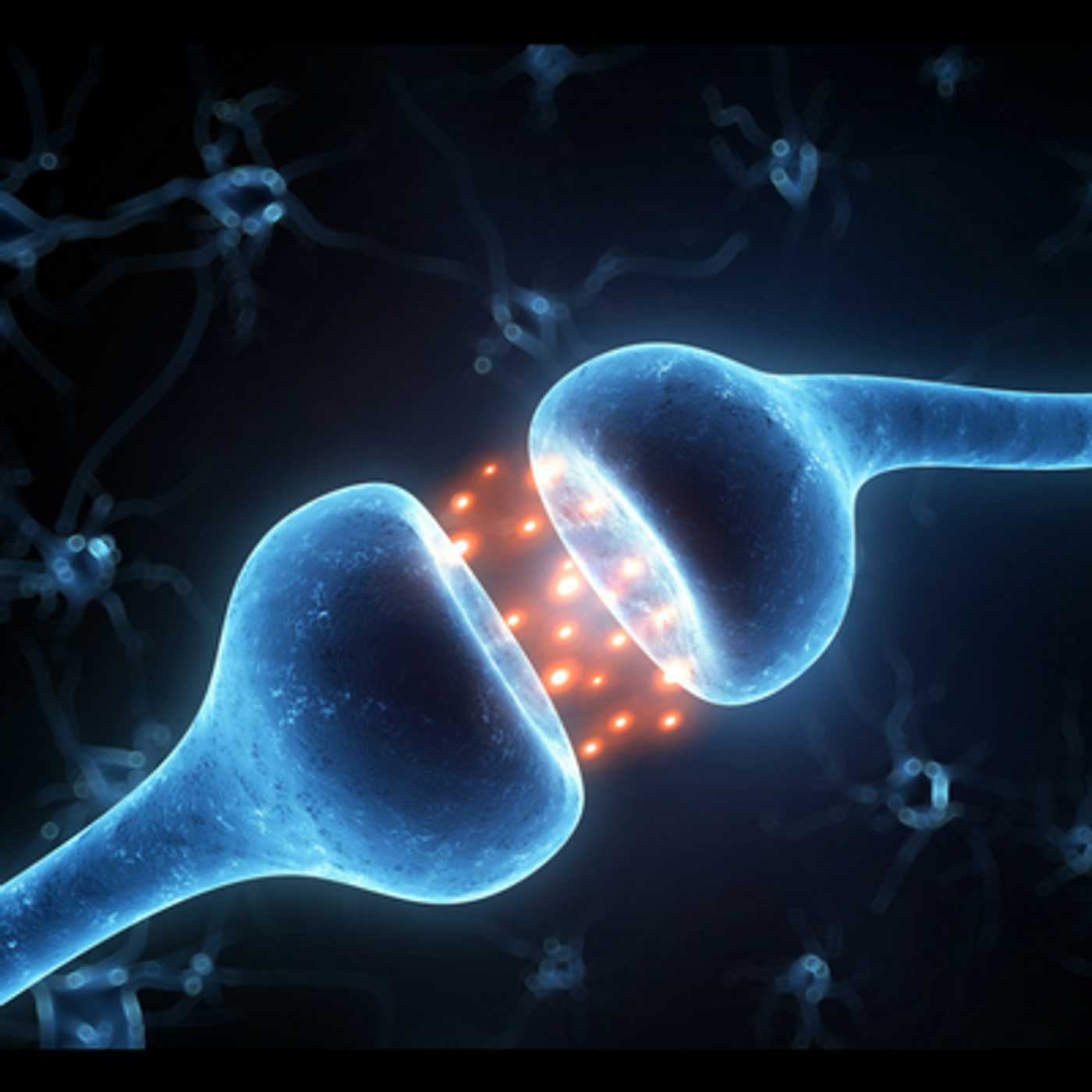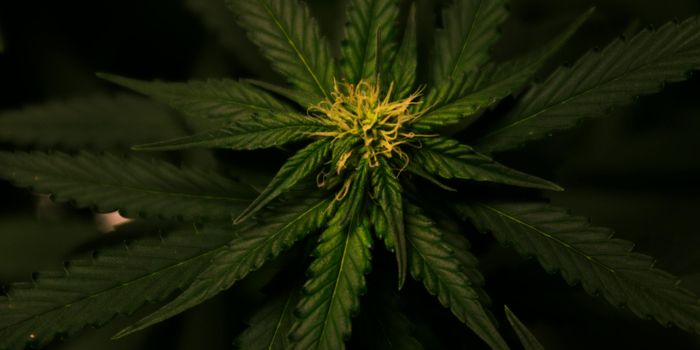Endocannabinoid System Unique Features
The basic endocannabinoid system was initially elucidated by Mechoulam, et. al. in 1992 when exploring how cannabis worked in the body. Researchers found the presence of a cannabinoid receptor (CB1R) and a few years later found two endogenous ligands which activated CB1R; anandamide and 2-arachidonyl glycerol (2-AG) were, and still are, the human endocannabinoids which parallel the phytocannabinoids in plants like hemp and cannabis. This system holds neurotransmitters in a delicate balance to promote health and homeostasis in multiple pathophysiological processes.

The second unique feature is they can work in conjunction with parallel molecules (phytocannabinoids) to act in concert with each other, rather than in opposition or competition. This effect can be explained by imagining how joint military organization works, whereby one’s body is the “joint task force” and the source of cannabinoids (endogenous or exogenous) are the different representatives of the areas of service coming together to create a task force and work jointly together. When examined more closely, this is suspected to play a role in the effects of cannabis and exogenous cannabinoids on pain alleviation using the body’s own endocannabinoid system.
The third unique feature worth noting is the potential effect of different levels of stimulation of CB1R. While this needs additional study and extensive research, there have long been connections between psychosis and THC, thus leading many to fear the effects of cannabis use. However, low-dose stimulation of CB1R can effectively result in decreases in anxiety in subjects. On the other hand, as mentioned previously, high-dose stimulation may not have an effect or even cause anxiety in subjects.
The endocannabinoid system definition is hard to pin down as it acts on so many different processes of the body. We know that animals are full of endocannabinoid receptors located throughout their bodies but there is much more to learn.









